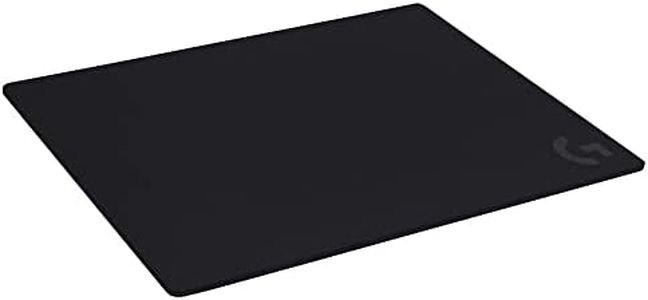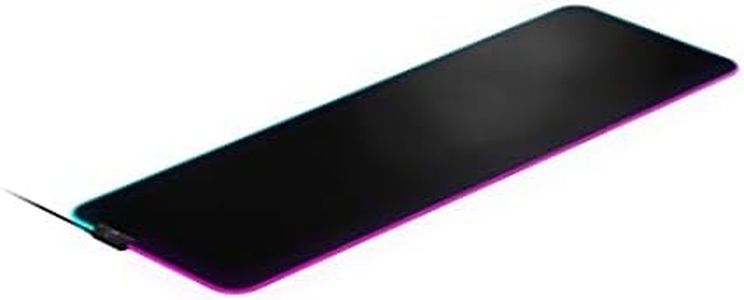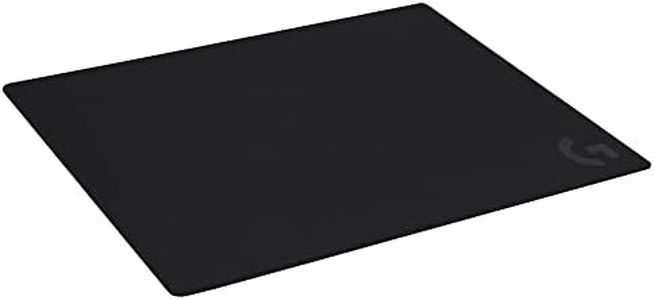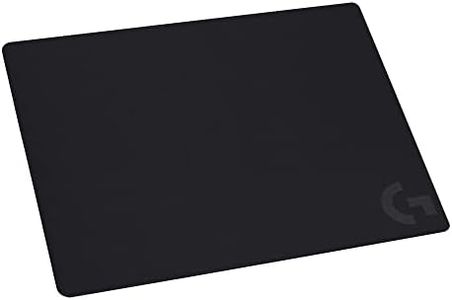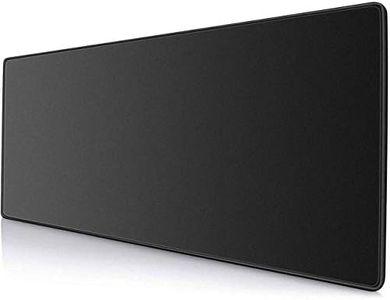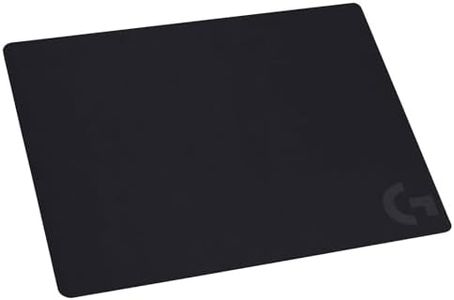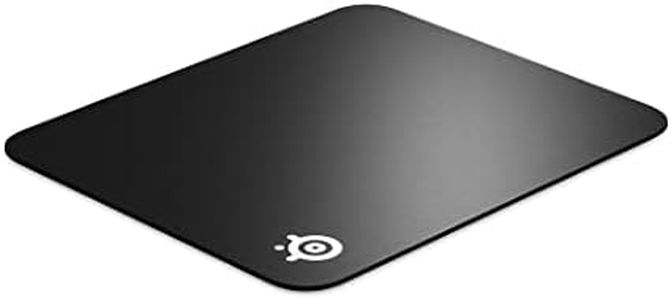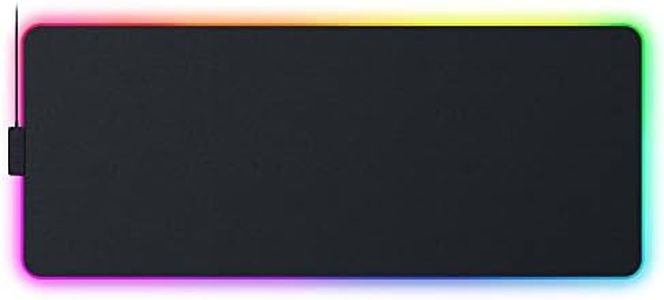We Use CookiesWe use cookies to enhance the security, performance,
functionality and for analytical and promotional activities. By continuing to browse this site you
are agreeing to our privacy policy
10 Best Gaming Mouse Pads
From leading brands and best sellers available on the web.Buying Guide for the Best Gaming Mouse Pads
Picking the right gaming mouse pad is about finding a surface that complements your play style, mouse sensor, and gaming preferences. Mouse pads can significantly influence your accuracy and comfort during long sessions. It's wise to think about the games you play—fast-paced shooters might need different features than strategy games. Also, consider your desk space, and whether you want something portable or more permanent. Instead of chasing the most expensive or flashy pad, focus on what will suit your habits, gaming setup, and ergonomic needs best.Surface MaterialSurface material determines the friction and feel under your mouse. The two main types are cloth (soft) and hard (plastic, metal, or glass). Cloth pads offer more control, making it easier to stop your mouse quickly, which is good for precise aiming, while hard surfaces allow for faster gliding—helpful for swift movements in fast games. If you mostly play shooters and need accuracy, consider soft surfaces; if you play games requiring quick swipes or want less resistance, a hard surface might be better.
SizeMouse pads come in many sizes, from small (just for the mouse) to extra-large (covering both mouse and keyboard space). The right size depends on your desk space and how much you move your mouse. If you play with low mouse sensitivity (large, sweeping arm movements), you’ll need a larger pad to avoid running off the edge. High sensitivity players, who make subtle wrist movements, do well with smaller pads. Evaluate your playing style, desk area, and how much room you like before choosing.
ThicknessThickness is how ‘cushioned’ the pad feels. Thicker pads (around 4-5mm) provide more comfort and can help level out bumpy desks, while thinner pads (2-3mm) tend to feel firmer and closer to the desk surface. If you like a softer touch or your desk is uneven, a thicker pad helps. If you prefer a solid, direct feel, thinner is often better. Consider your comfort preference and desk quality to make the right pick.
Base/GripThe base, usually made of rubber or silicone, keeps the mouse pad from sliding around during use. A good grip is essential for uninterrupted play—especially during intense moments. Some pads have anti-slip textures for extra stability. If your desk surface is particularly smooth or you move your mouse pad often, seek out strong gripping bases; if your desk is rougher or grippier itself, most standard bases will do.
Edge DesignEdges can be stitched or plain. Stitched edges prevent fraying over time and make the pad more durable, which is useful for heavier use. Plain edges might look more sleek, but can wear down quicker. If you value longevity or tend to rest your wrist on the edge, stitched is safer; if you prioritize look or swap mouse pads often, plain might suffice.
Special FeaturesSome mouse pads come with extra features like RGB lighting, wireless charging spots, or water resistance. Features like RGB are mostly for aesthetics, while water resistance is useful if you often have drinks at your desk. Wireless charging can power compatible devices but adds cost and sometimes thickness. Think about which, if any, features truly add comfort, convenience, or style to your setup.

